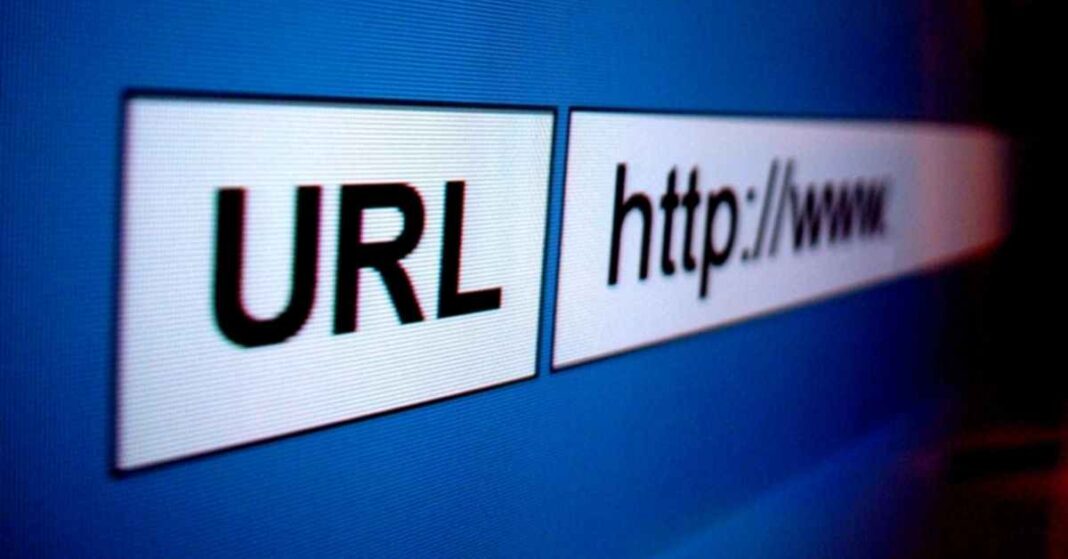Canonical URLs are a key tool for dealing with duplicate content on your website, and I’ll tell you how to use them to get the most out of your SEO strategy for web positioning.
Do you know the canonical URLs? A valuable tool for organizing similar or duplicate content on a website. Optimizing them will help you boost the SEO strategy of ranking your website!
The Internet is like a huge virtual departmental library where you can find anything you can think of. Each query that web search engines receive is an attempt by the user to find something specific within this enormous source of information, so each search engine will focus on directing the user to the best web addresses that they consider can satisfy that need. . And this is precisely where I am going to focus!
Obviously, at this point, I will not give you a beginner class, such as what a URL (web address) is and how to create it. Instead, I want to show you how to take advantage of canonical URLs, also called «rel canonical,» so that you can organize the contents of your web page and better manage similar or duplicate information that is on your website that often drives us all crazy.
What are canonical URLs? Have you already heard of them? It will most likely be confusing for you, but no problem! I’m going to explain everything to you, and if, even with my explanation, you don’t dare to use them, or you don’t have time to create a structure of canonical URLs, then don’t hesitate to leave that job to us, as SEO and web positioning consultants where, together With my team, we can help you analyze and improve the SEO of your website.
What Are Canonical URLs?
Canonical URLs are tags ( link ), which are added to the header of the HTML code ( head ) with the canonical attribute ( rel=’canonical’ ), which are used to indicate to web search engines which pages of your website they should display. In their results lists, they are the ones that contain the main content and which pages are not to show because they have content derived from the previous ones and could be interpreted as duplicate content within your website.
They are also known as canonical links, canonical tags, rel canonical, or rel=” canonical.” They were created in 2012 to solve the common problem of having several pages, on the same website, with the same or similar content.
Using canonical URLs properly prevents any content on your website from being mistaken by Google or other web search engines as duplicate content from another section of your website.
Put another way, by making use of canonical tags, you avoid keyword cannibalization or thin content penalties, as Google won’t have to waste time deciding which of all the pages on your website with that same content it should show in its results list, nor will it believe that you are trying to duplicate information from other pages of your website. With this, you will better organize the products and services you want to show on your website.
When and How Should You Use Canonical URLs?
It would help if you used canonical tags when, within your website, you have several pages with the same (or very similar) content, either entirely or primarily. Still, you want to prioritize the web positioning of one page over the others.
If, for example, you are working with a series of keywords, but it turns out that you have created content focused on those keywords on several pages of your website and they have similar content, which page is the most relevant? How will Google know? There is no way! It is just at that moment where your SEO web positioning plan falls apart, as pages with similar content hinder SEO optimization between them, lower your ranking and positioning with Google, lose traffic, and can be branded as a website of minor quality.
So should you remove pages with similar content? Do not! It is precisely there that you resort to canonization! Of course, try to ensure that there are differences in weight between each page: that they are not faithful and exact copies of one another, because then it will be more complicated to avoid the penalty of duplicate content by Google and, if it happens, more complex to recover the SEO web positioning lost due to said penalty.
Why are Canonical URLs Meaningful?
They are more important than you can imagine! To explain it to you in a more straightforward way, I will remind you that Google, in its arduous and extensive task of classifying millions and millions of websites every day, seeks to find the most accurate results for each search. That is why you and I care so much about keywords, and other SEO techniques, to achieve the best positions in the said ranking of Google and other web search engines.
Now, when Google indexes and crawls your website and finds that you have five different pages targeting the search for ‘ black high heels for sale, ‘do you think it’s going to show the user those five pages of yours? Or that Google didn’t have more pages to show from your competition!
This is precisely why you should canonize your pages so that when they are detected (two, ten, or fifty), they all lead to a single main page focused exclusively on ‘ black high heels for sale. ‘ The best of all. The page, destination of the canonical tags, warns the search engine that the content is not copied or duplicated but that this is the main page, the “mother” page.
Which page of your website to canonize? Whichever is your preferred and best conversion rate offer!
How Do Canonical URLs Affect SEO?
Using canonical URLs will make your website more likely to be viewed, indexed correctly, and achieve a better ranking by the web search engine, as you will be helping them locate the best content on your website.
In addition, you will be guaranteeing a better user experience, something that will undoubtedly make you add points in your search rankings, and all are advantages!
How to Create Canonical URLs?
There are different ways to create canonical URLs, and you should choose the one that suits you best, depending on the case at any given time.
HTML link tag with rel=’canonical’ attribute
Canonicalizing pages using the HTML <link> tag with the rel=’canonical’ attribute is the most common way to create canonical URLs and deal with duplicate or very similar content between multiple pages.
An example of this canonical tag would be:
<link rel=”canonical” href=”https://www.xyz.com/what-is-seo/”/>
In this example, you can see that I am indicating that the canonical URL, the main page that I want to position, is https://www.xyz.com/what-is-seo/ instead of the page where it finds the web browser.
This Canonical URL Creation Technique is Suitable for:
- Pages with parameters and GET variables, such as blogs with pagination of articles (posts).
- Configure different web addresses that point to the same content, such as product sheets, within multiple categories, in online stores.
- Responsive web page designs, where different web addresses (one for desktop and one for mobile) offer the same web content.
- Pages where much of their content is from another section of the website.
- 301 redirect
- Creating 301 redirects is a perfect technique to fix SEO errors, such as keyword cannibalization, so it can also be helpful to canonize multiple URLs with similar content.
Although you can create 301 redirects directly in your programming (PHP, ASP, etc.), they are usually made from the .htaccess file and redirect the browser to the correct page.
An example, similar to the previous one, applying the 301 redirects from the .htaccess file would be:
Redirect 301 /old-page https://www.xyz.com/what-is-seo/
When the user (or the web browser) tries to access the “old page,” they will be automatically redirected to the main page.
When Should You Use Canonical URLs?
This is the million-dollar question! Although you should already be able to give a clear answer yourself at this point in the article, with everything I have been telling you about canonical URLs and canonical tags, I will answer you in a summarized way.
Your content is very similar or is an exact copy of another
Canonical URLs appeared precisely to solve the problem of equal or duplicate content, so this is the main reason for using canonical URL tags.
Check the pages of your website and evaluate which ones have the same information or almost identical information so that you canonize them and gather all the SEO potential in a single page, the best page for that type of search.
You have different pages, but they correspond to the same search intention
This aspect is ignored by many since they focus only on checking whether the content is duplicated or not, and they forget that the user’s search intention is the other key reason for resorting to the canonicalization of web pages.
Even if you have several pages with different and original content, when the user searches for specific keywords, and the search takes him to several pages of your website simultaneously, then it’s time to canonize!
Although you may think it is counterproductive to subtract SEO from a page already positioned in Google to give it to another on your website, if you bet your SEO on the page that generates the highest conversion rate, you will be betting on the winning horse!














